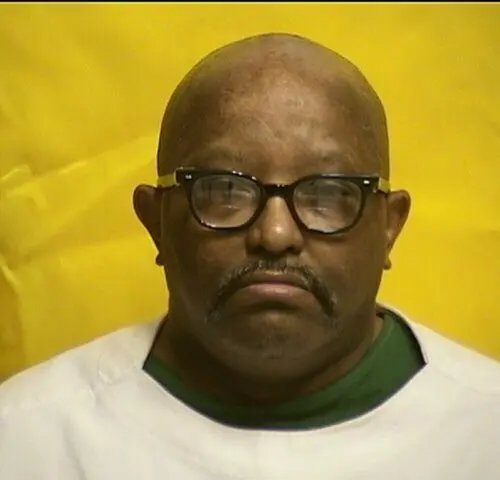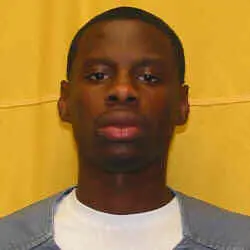Natasha Ellis Teen Killer Murders Friends Mother
Natasha Ellis was fifteen years old when she planned with a thirteen year old friend to murder the friend’s mother. According to court documents Natasha Ellis would fatally stab the woman, the woman’s husband and their teenage son. The woman, Lee Moore would die from her injuries. The man and teenage son would survive the … Read more







